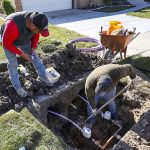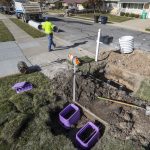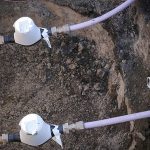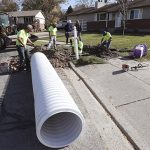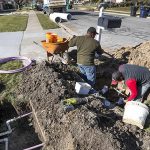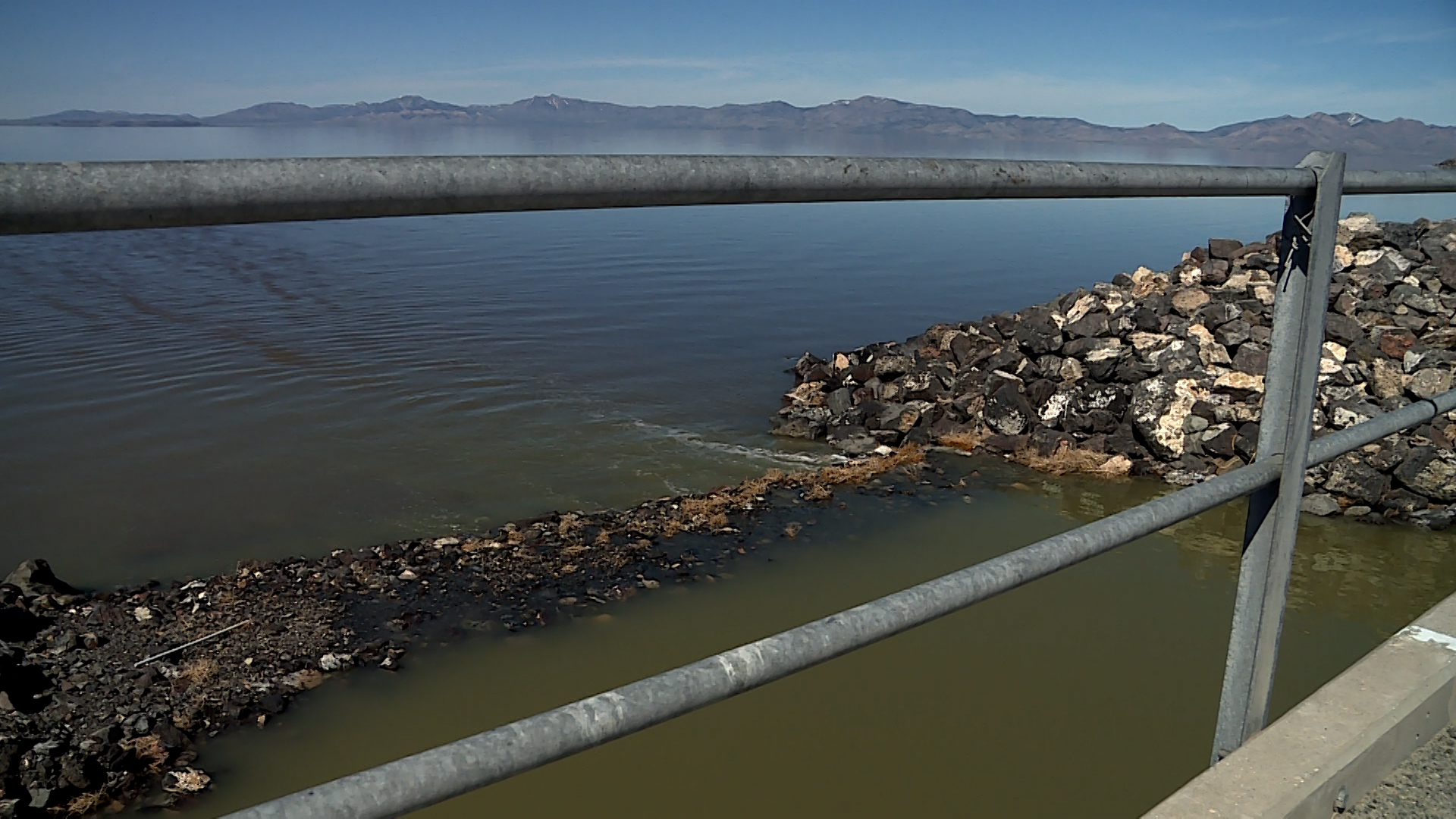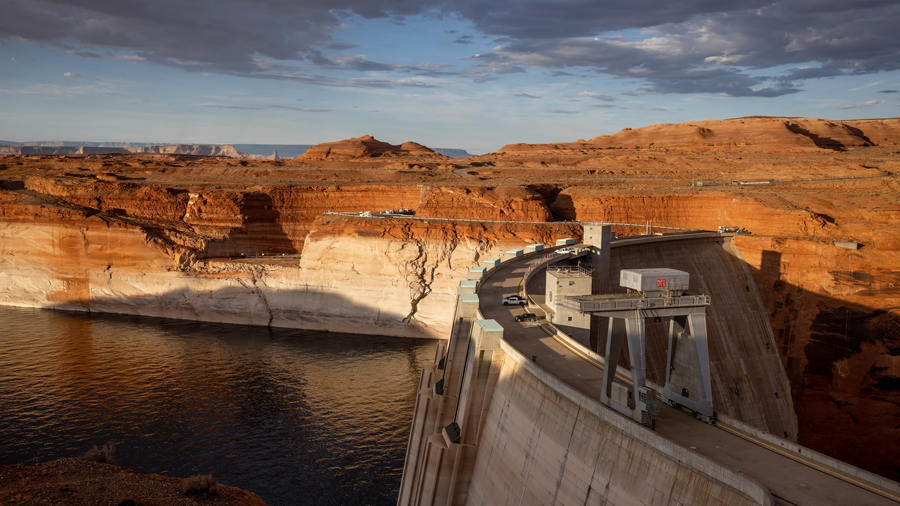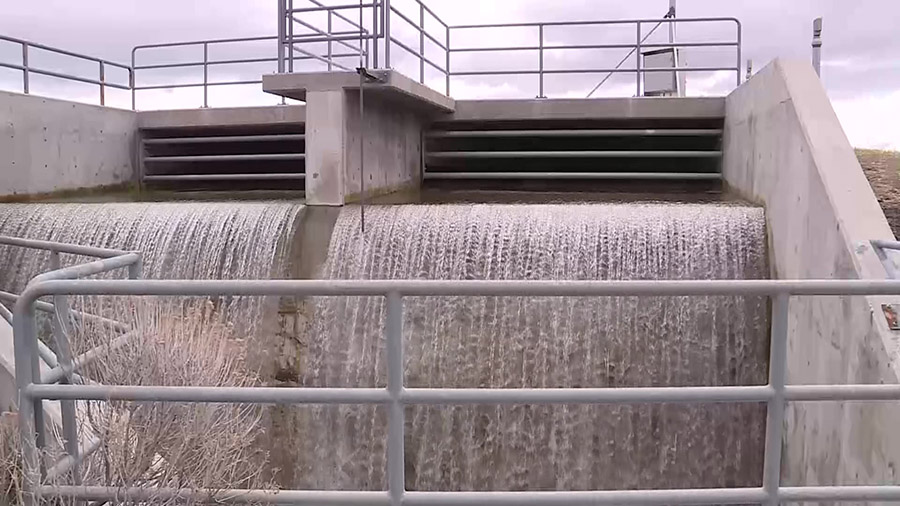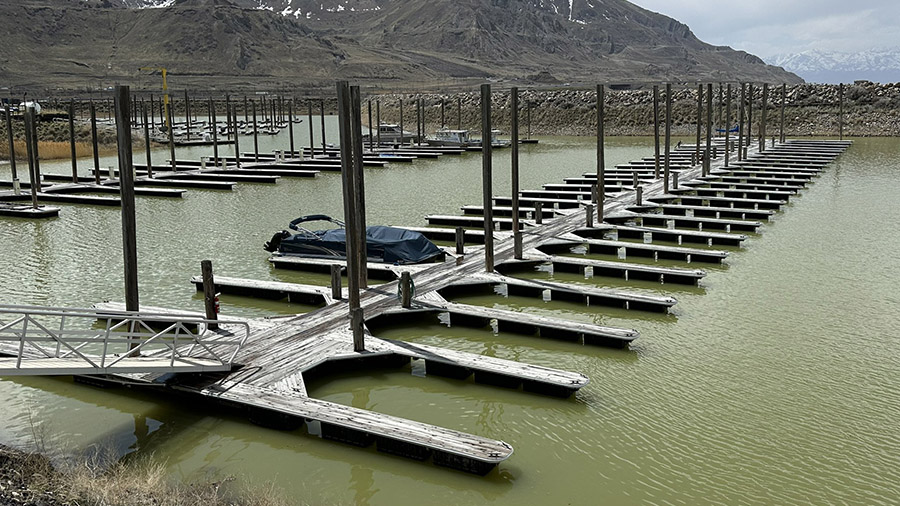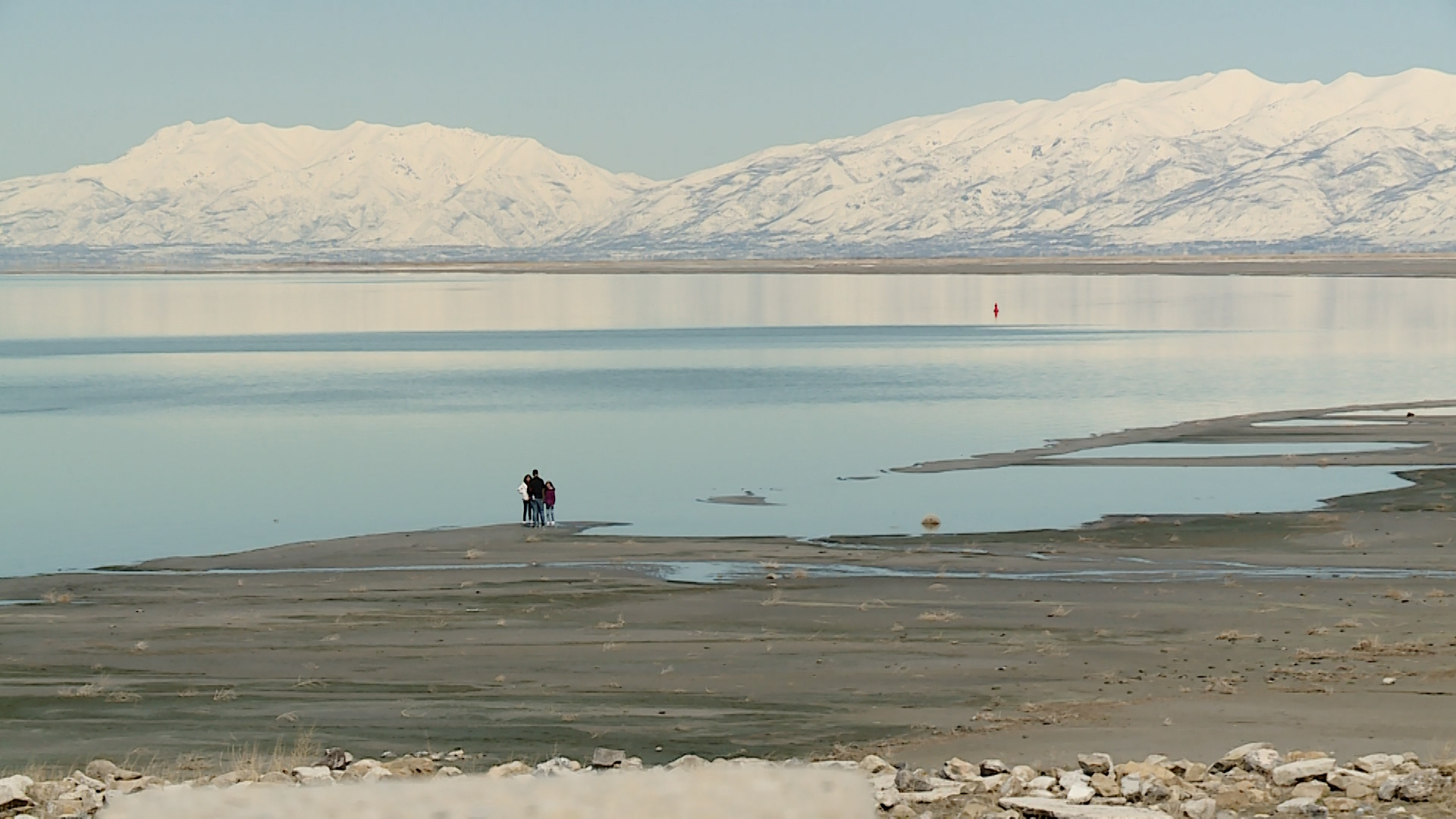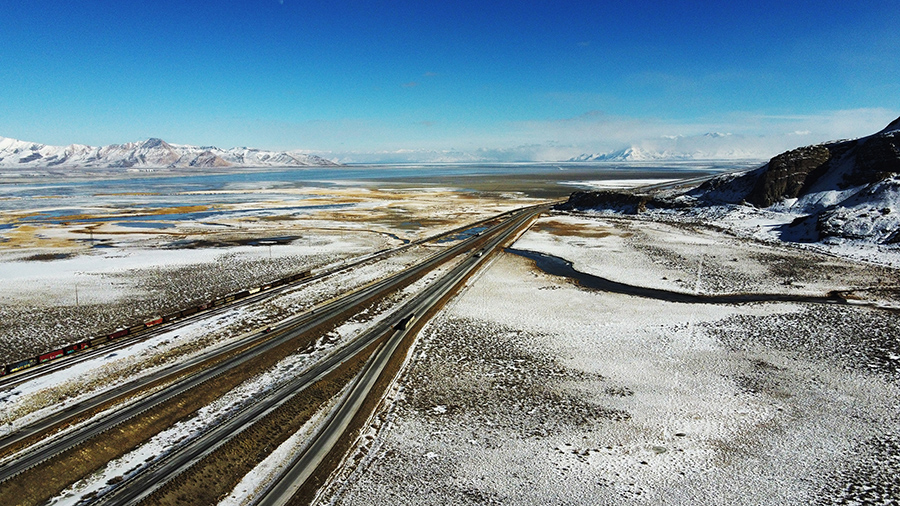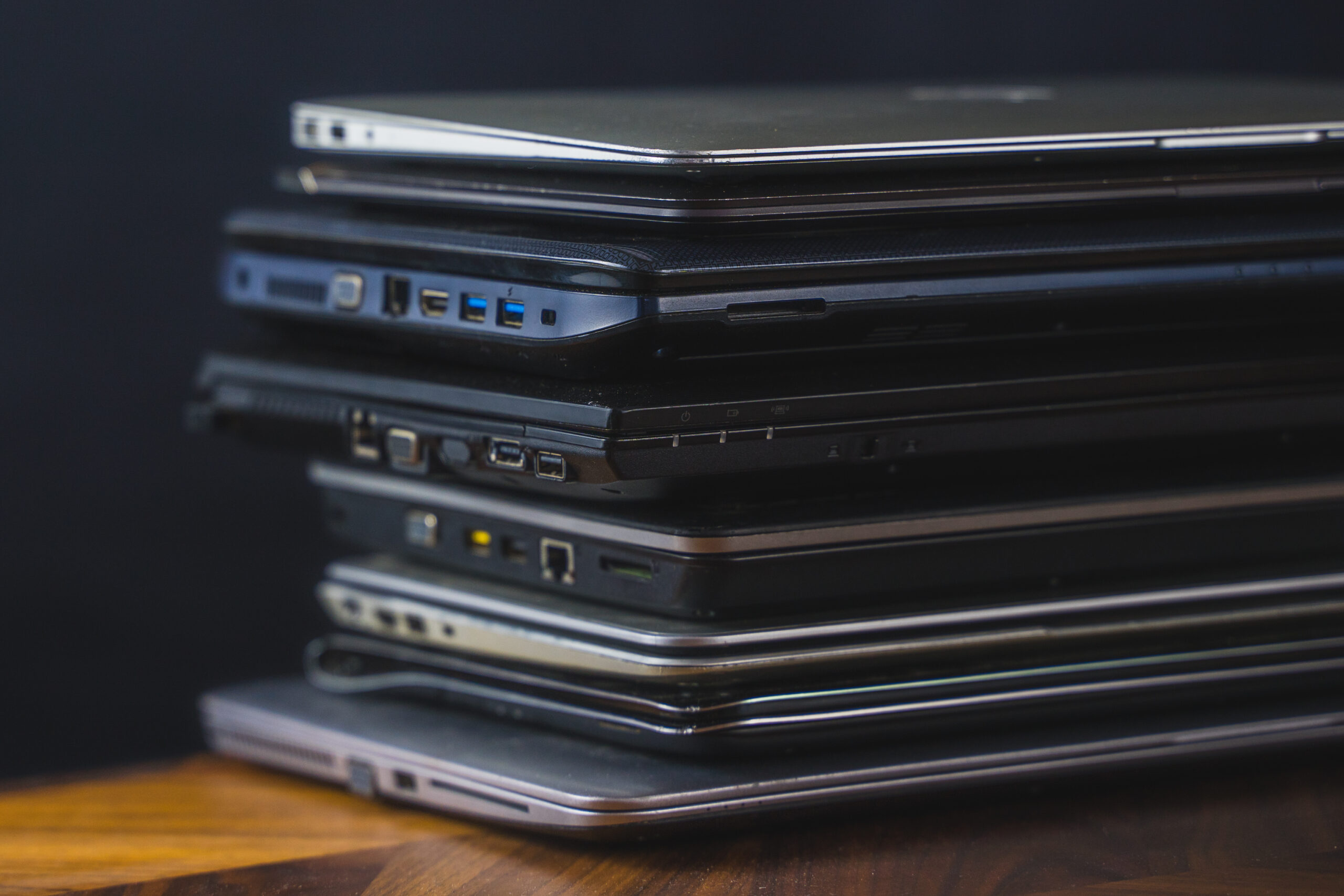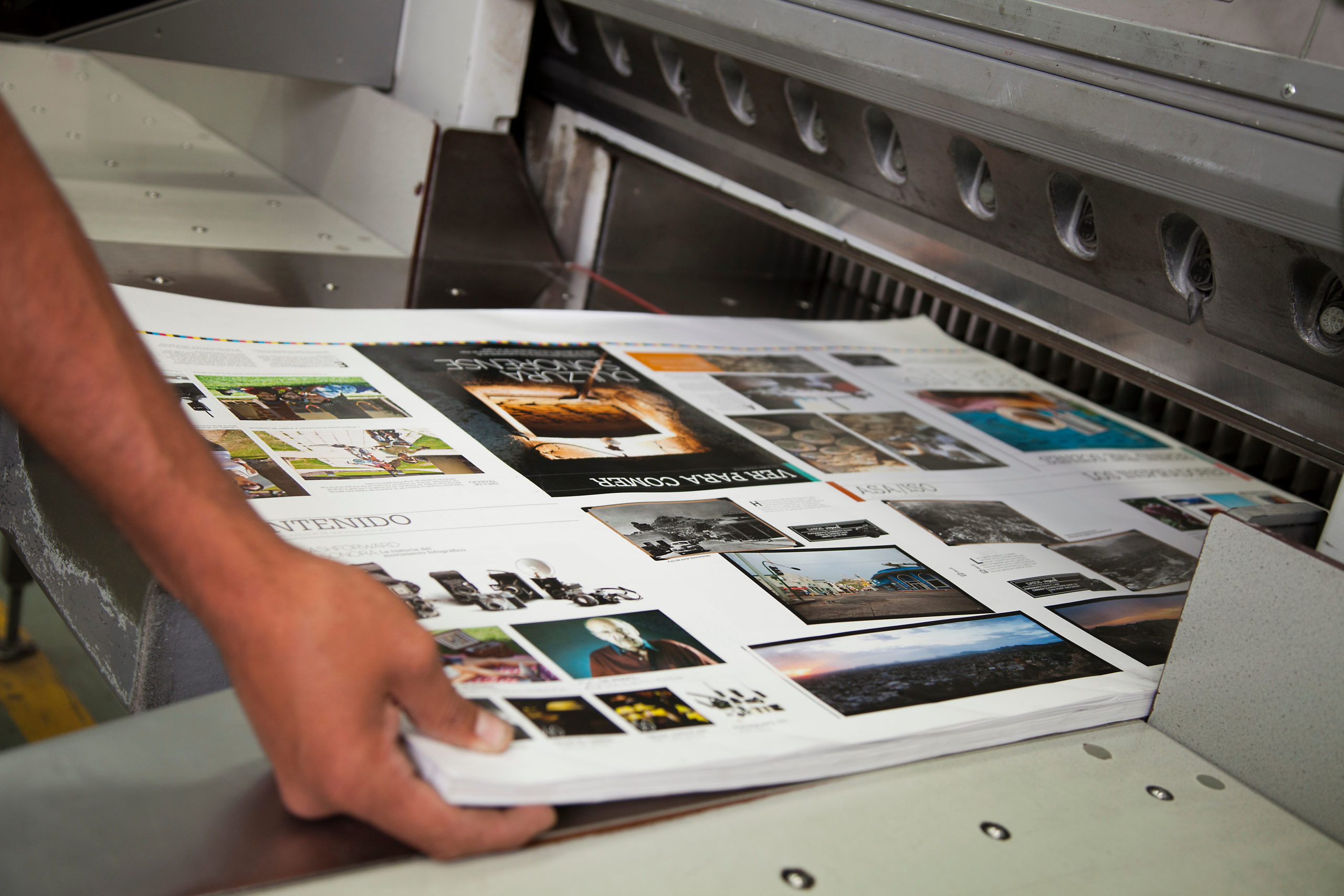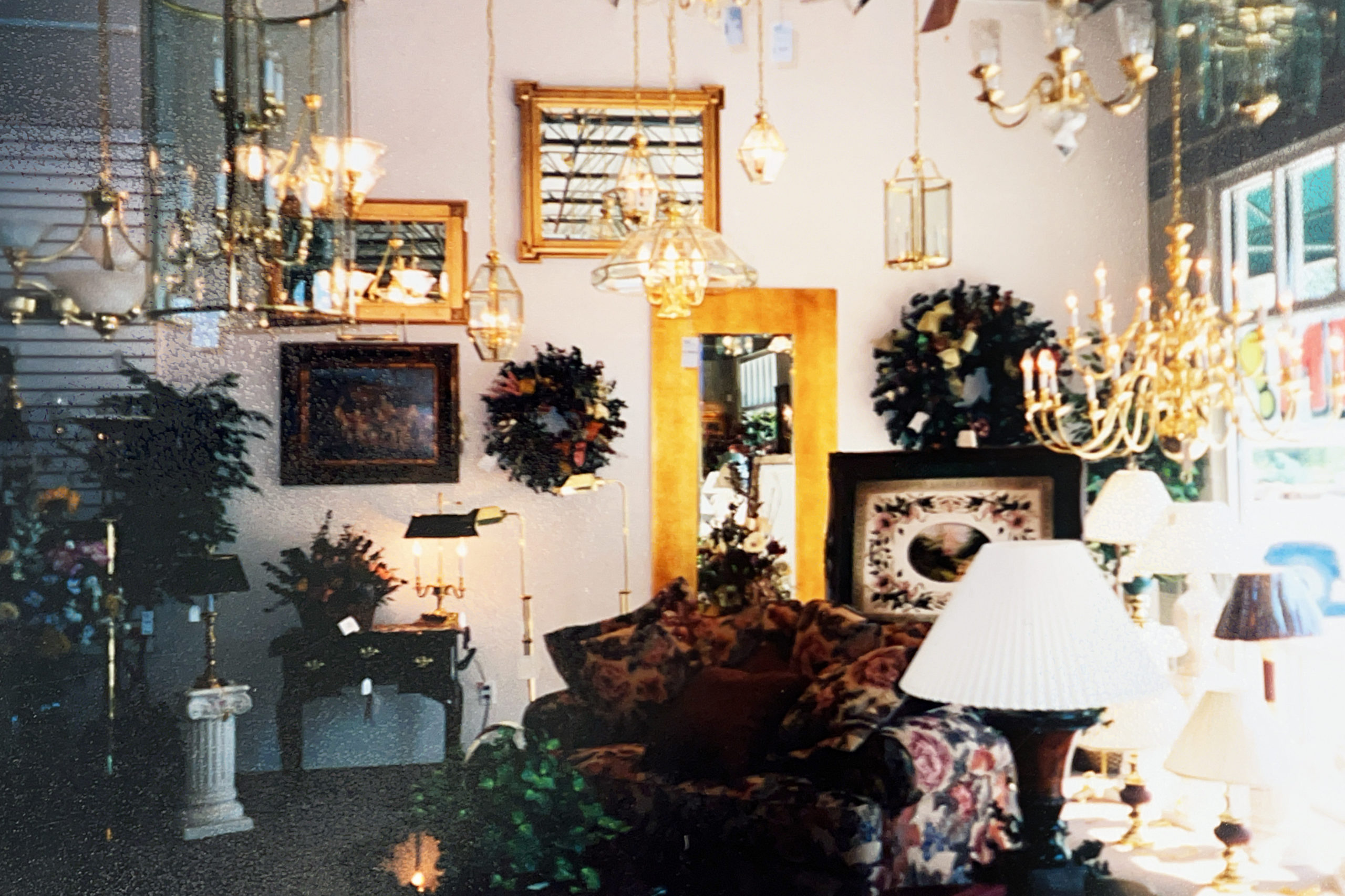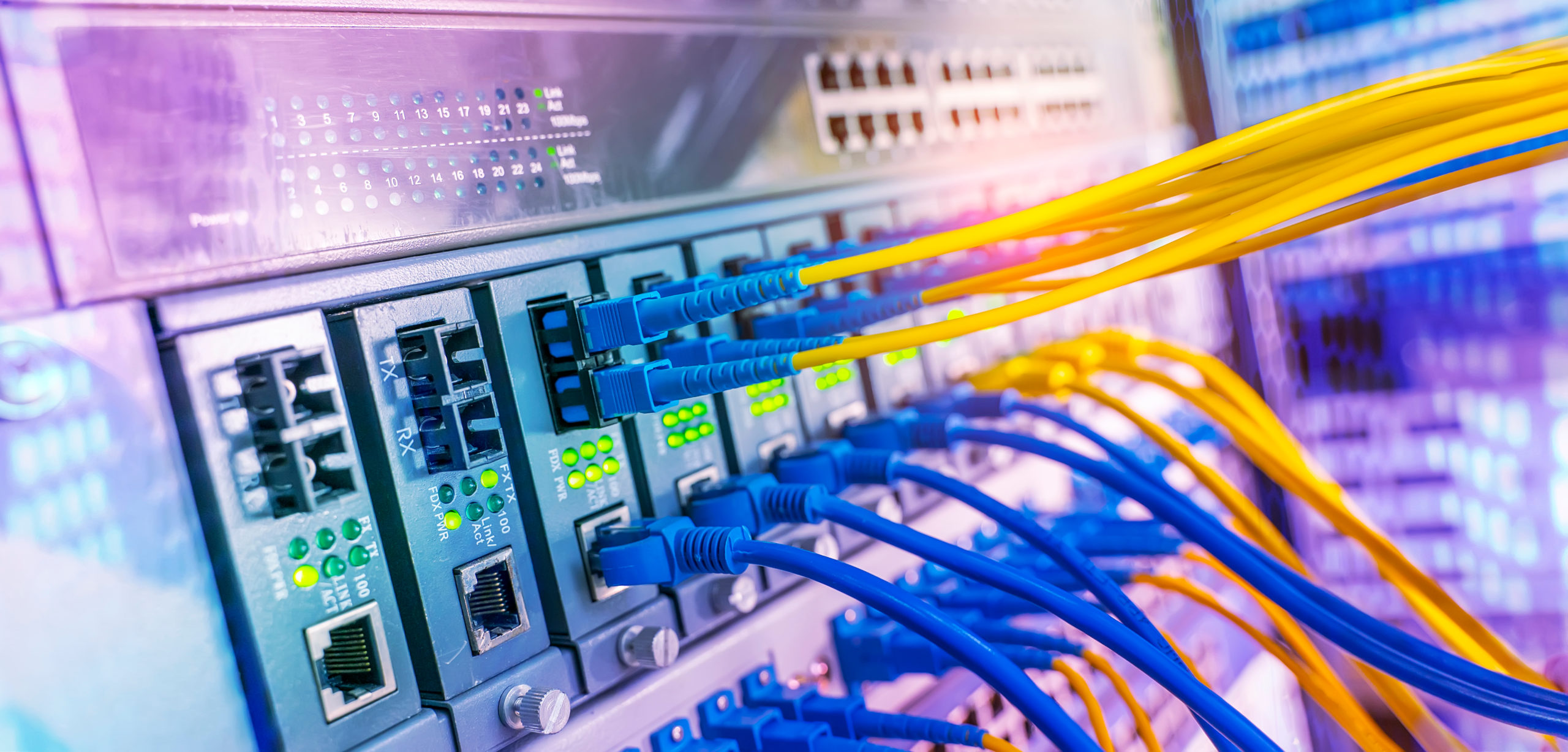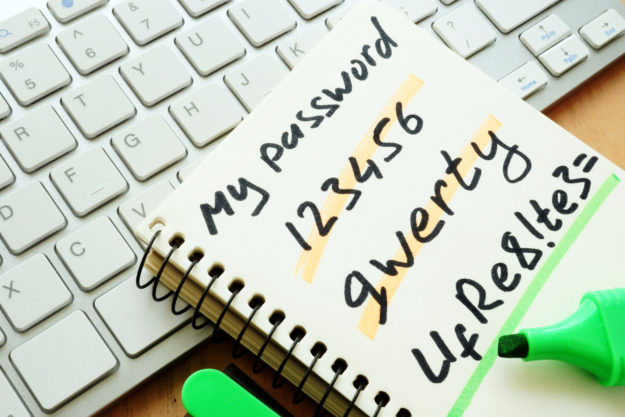GREAT SALT LAKE
Metering Utah’s secondary water may help overuse in drought
Jul 6, 2022, 9:48 PM | Updated: Jul 7, 2022, 8:10 am
SALT LAKE CITY — During the driest months of the year, Utahns’ yards can be a primary culprit for water overuse. But there’s one thing some water districts are seeing make a big difference in how much customers use: secondary water meters.
As of April 2022, just 15% of Utah’s 260,000 secondary, outdoor water connections were metered, meaning those homeowners know exactly how much water they use for their landscaping and gardens and hopefully cut back.
“It needs to be our top priority,” said Candice Hasenyager, director of the Utah Division of Water Resources. “There’s no substitute for water.”
The ability to meter secondary water is relatively new.
“For a long time we didn’t have the technology; a meter that could read that kind of dirty water without getting gunked [sic] up and breaking down due to the unclean water and the particles that are in it,” Hasenyager said. “Recently, in the last decade or so, the technology has improved where we do have meters now that will read that untreated water and provide information to residents and water suppliers on what water use is looking like in that area.”
This year, the Utah Legislature passed a bill requiring all water districts to install secondary meters by 2030 — but some districts are ahead of the game. The city of Saratoga Springs installed them eight years ago and saw residents’ secondary water use drop by 36%.
The Weber Basin Water Conservancy District saw big water savings after installing secondary meters as well, reporting 20% to 40% less usage per customer.
“It was no longer this nebulous, ‘Hey, we want to talk to you about general conservation programs.’ We can now dial it into the individual user. Here’s your water use. Here’s what the climate and the weather patterns over the last several weeks have dictated that your lawn probably needs. Here’s where you are,” said district assistant general manager Jon Parry.
He said having the secondary water data has been a huge advantage as they work to educate customers about their water usage.
“Historically they’ve had no idea, right?” he said. “They paid a fee for access to the secondary water; they use the secondary water. There was no accountability. There was no education, the law requiring water districts to install secondary meters and provide usage data to customers — the state is providing funding for the installations.”
Lawmakers set aside $250 million in grant money and water suppliers that apply early could have 70% of the cost of installation covered.
The first application period ended in mid-May and interest was high. State water officials said nearly all of that money had been applied for. It’ll take hundreds of millions more to cover the cost of installing meters statewide.
Riverton City is in the midst of installing meters on all 12,000 of its residential secondary connections. It’s been a yearslong process that had to be put on pause due to lack of funding but city leaders know will make a difference once it’s finally complete.
“It’s really to demonstrate to residents, ‘Hey, this is how much water you’re using versus the recommended use’,” Mayor Trent Staggs said of the impact of the meters. He believes Riverton residents will take the new information they get from their meter and make changes.
“I have every bit of confidence that our residents will want to step up and do the right thing and be part of the solution in conservation,” he said. It’s a sentiment state water officials hope will be shared by residents of other cities.
“We’ve been in drought for eight of the last 10 years and so it’s really critical that we use our water supplies wisely and getting rid of that mindset that it’s something we can be wasteful with or we can use as much as we want,” Hasenyager said. “We’re living in one of the driest states in the nation and we need to act like it.”
This article is published through the Great Salt Lake Collaborative, a solutions journalism initiative that partners news, education and media organizations to help inform people about the plight of the Great Salt Lake — and what can be done to make a difference before it is too late. Read all of our stories at greatsaltlakenews.org.


